Primary care physicians (PCPs) are on the front lines of detecting sleep disorders, a crucial step in addressing a pervasive health concern that affects millions globally. Through deliberate strategies and informed practices, PCPs can identify these disorders, which are often underdiagnosed but have a significant impact on health and quality of life. Below, we present a comprehensive approach with evidence-backed strategies for the early detection of sleep disturbances.
- Establishing a Dialogue About Sleep
Engaging patients in conversations about sleep is the first crucial step. Sleep should be discussed as a regular component of health, just like diet or exercise. PCPs can make this a standard part of check-ups by asking about sleep duration, quality, and any sleep-related difficulties. Research has shown that simply asking about sleep can increase the rate of sleep disorder diagnosis, highlighting the importance of patient-provider communication.
Moreover, doctors can create an environment where patients feel comfortable discussing sleep issues by displaying literature or posters on the topic, signaling that sleep is a priority in their practice. Educational materials can also prepare patients to think about and track their sleep patterns ahead of their appointments.
- Utilizing Screening Tools and Questionnaires
Quick and effective screening tools can be integral in identifying patients at risk for sleep disorders. The Epworth Sleepiness Scale, for instance, is a brief questionnaire that assesses daytime sleepiness, a common symptom of many sleep disorders. Another tool, the STOP-BANG questionnaire, is highly effective in screening for obstructive sleep apnea. These tools have been validated across various populations and can serve as a preliminary step towards a definitive diagnosis.
Integrating these questionnaires into electronic health records can prompt PCPs to administer them during patient visits, ensuring no opportunities for detection are missed. This also facilitates monitoring changes in sleep health over time, allowing for a dynamic response to emerging sleep issues.
- Recognizing the Symptoms

A thorough understanding of sleep disorder symptoms enables PCPs to recognize red flags. While some symptoms like snoring or prolonged insomnia are well-known, others such as morning headaches or nocturnal reflux may not be as obvious. Training in symptom recognition is essential, as is understanding that symptoms can present differently across diverse patient populations.
Further complicating diagnosis, many sleep disorder symptoms overlap with other medical conditions. Fatigue and poor concentration, for instance, can be attributed to an array of issues, from depression to thyroid problems. Recognizing when these symptoms are related to poor sleep requires a discerning clinical eye and often a multidisciplinary approach.
- Integrating Technology
Wearable technology and mobile health apps provide a wealth of data that can be utilized in primary care settings. While not diagnostic in themselves, these tools can offer insights into sleep patterns that might prompt further investigation. For example, a patient's report of consistent sleep interruptions as recorded by a wearable device could warrant a sleep study referral.
However, it's crucial for PCPs to understand the limitations of consumer sleep technology. They are not substitutes for professional medical devices but can be used in conjunction with clinical assessments to provide a fuller picture of a patient's sleep habits.
- Collaborating with Sleep Specialists
Effective management of sleep disorders often requires collaboration between PCPs and sleep specialists. When a sleep disorder is suspected or identified, a timely referral can facilitate specialized interventions like polysomnography (a sleep study) or cognitive behavioral therapy for insomnia. This multidisciplinary approach ensures that patients receive comprehensive care tailored to their specific sleep issues.
The relationship between PCPs and specialists should be symbiotic, with ongoing communication regarding patient progress and treatment efficacy. This collaborative model not only improves patient outcomes but also contributes to a broader understanding of sleep disorders within the primary care community.
Help Your Patients Get Better Sleep

Through the diligent application of these strategies, primary care physicians can play a pivotal role in the detection and management of sleep disorders. A proactive approach to sleep health can lead to substantial improvements in patient well-being and overall public health outcomes. For further resources and support, Empower Sleep offers a comprehensive suite of tools designed to aid both patients and healthcare professionals in navigating the complexities of sleep health, underscoring our mission to enhance patient care through better sleep.
Sources:
- Grandner MA, Malhotra A. Sleep as a vital sign: why medical practitioners need to routinely ask their patients about sleep. Sleep Health. 2015 Mar;1(1):11-12. doi: 10.1016/j.sleh.2014.12.011. PMID: 27840846; PMCID: PMC5102393.
- Giguère A, Légaré F, Grimshaw J, Turcotte S, Fiander M, Grudniewicz A, Makosso-Kallyth S, Wolf FM, Farmer AP, Gagnon MP. Printed educational materials: effects on professional practice and healthcare outcomes. Cochrane Database Syst Rev. 2012 Oct 17;10(10):CD004398. doi: 10.1002/14651858.CD004398.pub3. Update in: Cochrane Database Syst Rev. 2020 Jul 31;8:CD004398. PMID: 23076904; PMCID: PMC7197046.
- Johns MW. A new method for measuring daytime sleepiness: the Epworth sleepiness scale. Sleep. 1991 Dec;14(6):540-5. doi: 10.1093/sleep/14.6.540. PMID: 1798888.
- Nagappa M, Liao P, Wong J, Auckley D, Ramachandran SK, Memtsoudis S, Mokhlesi B, Chung F. Validation of the STOP-Bang Questionnaire as a Screening Tool for Obstructive Sleep Apnea among Different Populations: A Systematic Review and Meta-Analysis. PLoS One. 2015 Dec 14;10(12):e0143697. doi: 10.1371/journal.pone.0143697. PMID: 26658438; PMCID: PMC4678295.
- Vignatelli L, Antelmi E, Ceretelli I, Bellini M, Carta C, Cortelli P, Ferini-Strambi L, Ferri R, Guerrini R, Ingravallo F, Marchiani V, Mari F, Pieroni G, Pizza F, Verga MC, Verrillo E, Taruscio D, Plazzi G. Red Flags for early referral of people with symptoms suggestive of narcolepsy: a report from a national multidisciplinary panel. Neurol Sci. 2019 Mar;40(3):447-456. doi: 10.1007/s10072-018-3666-x. Epub 2018 Dec 12. PMID: 30539345; PMCID: PMC6433801.
- Committee on the Diagnostic Criteria for Myalgic Encephalomyelitis/Chronic Fatigue Syndrome; Board on the Health of Select Populations; Institute of Medicine. Beyond Myalgic Encephalomyelitis/Chronic Fatigue Syndrome: Redefining an Illness. Washington (DC): National Academies Press (US); 2015 Feb 10. 4, Review of the Evidence on Major ME/CFS Symptoms and Manifestations. Available from: https://www.ncbi.nlm.nih.gov/books/NBK284902/
- Kang HS, Exworthy M. Wearing the Future-Wearables to Empower Users to Take Greater Responsibility for Their Health and Care: Scoping Review. JMIR Mhealth Uhealth. 2022 Jul 13;10(7):e35684. doi: 10.2196/35684. PMID: 35830222; PMCID: PMC9330198.
- Khosla S, Wickwire EM. Consumer sleep technology: accuracy and impact on behavior among healthy individuals. J Clin Sleep Med. 2020 May 15;16(5):665-666. doi: 10.5664/jcsm.8450. Epub 2020 Mar 25. PMID: 32209222; PMCID: PMC7849813.
- Williams J, Roth A, Vatthauer K, McCrae CS. Cognitive behavioral treatment of insomnia. Chest. 2013 Feb 1;143(2):554-565. doi: 10.1378/chest.12-0731. PMID: 23381322; PMCID: PMC4694188.








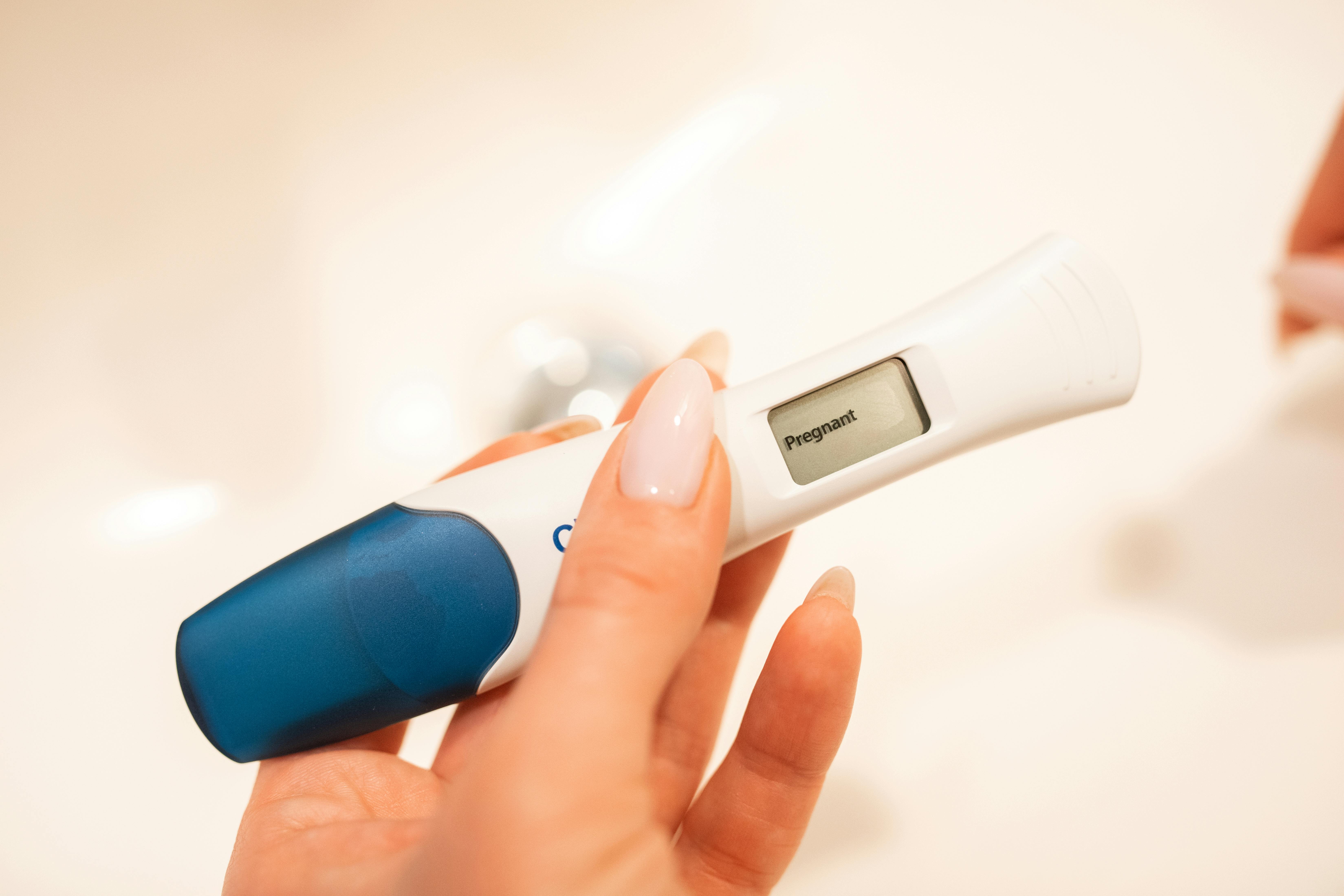







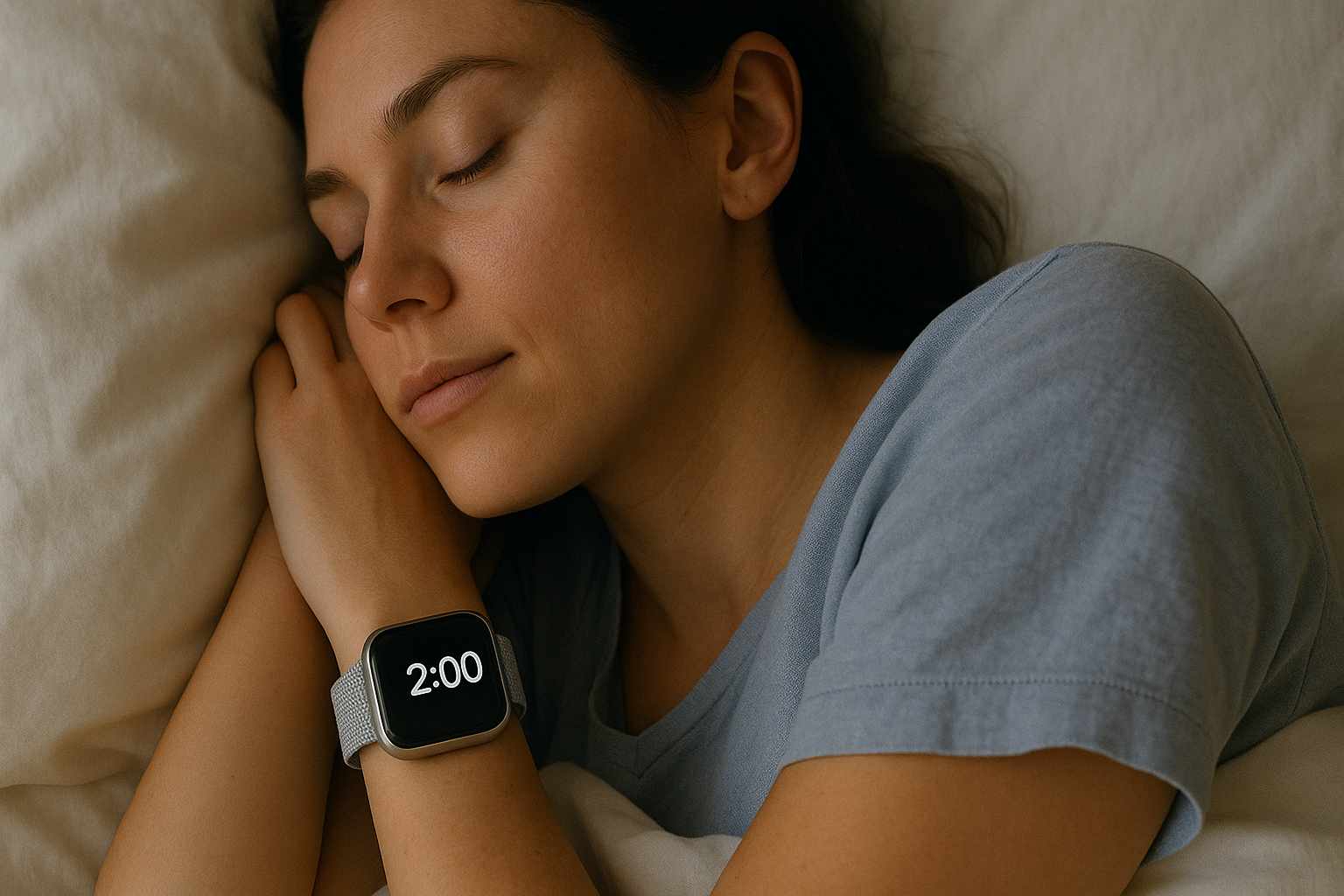


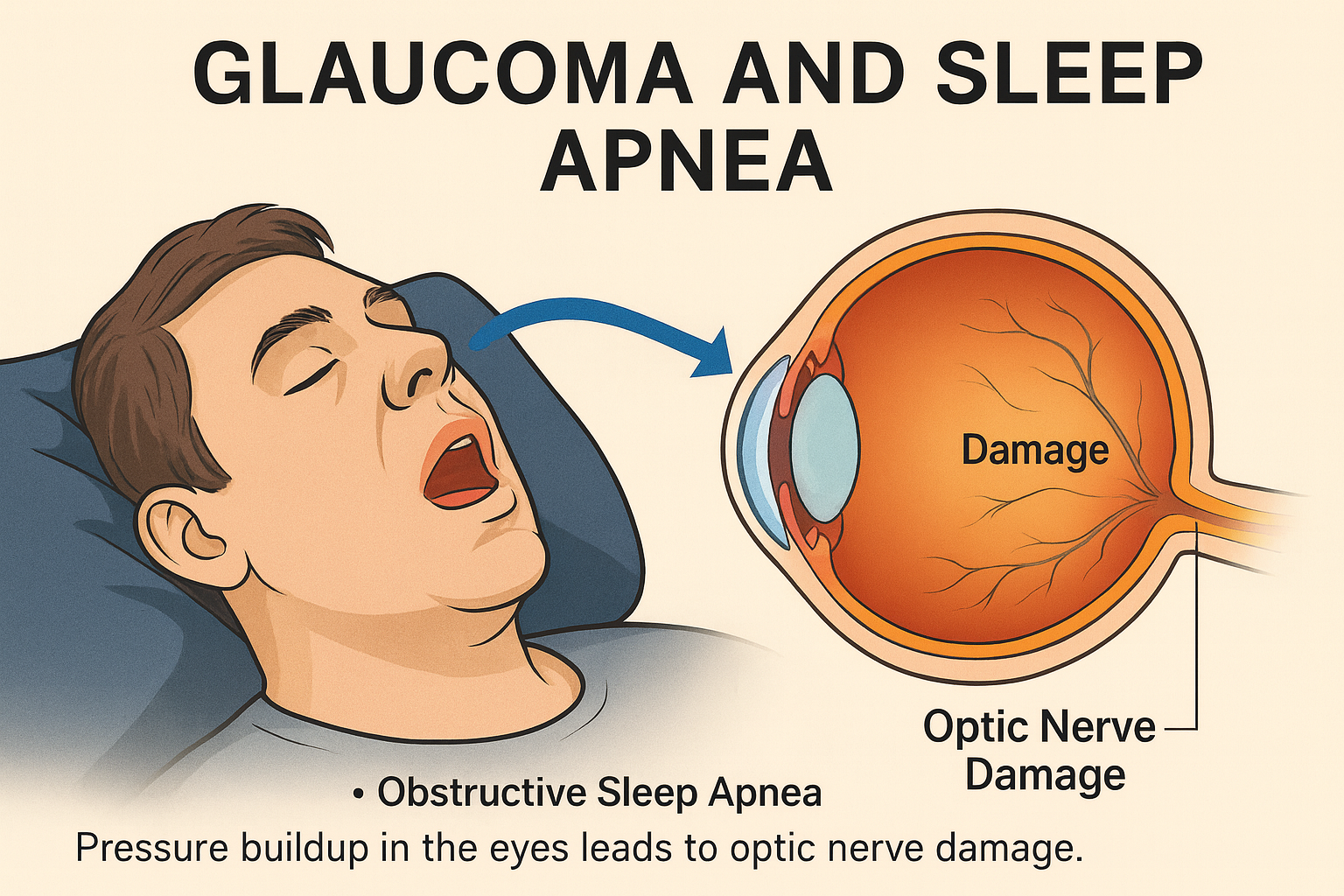

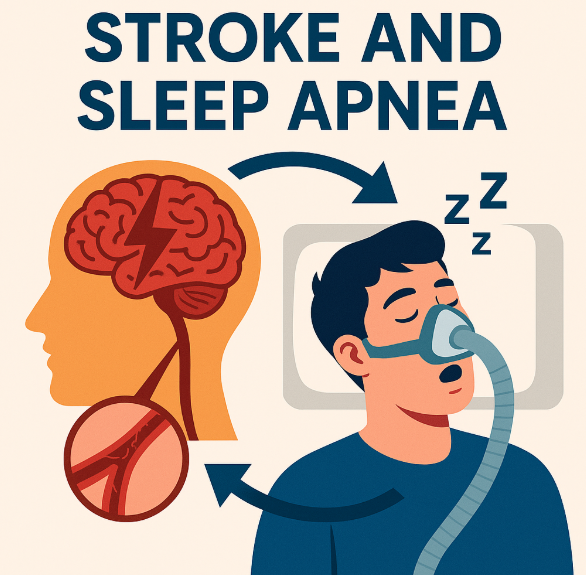
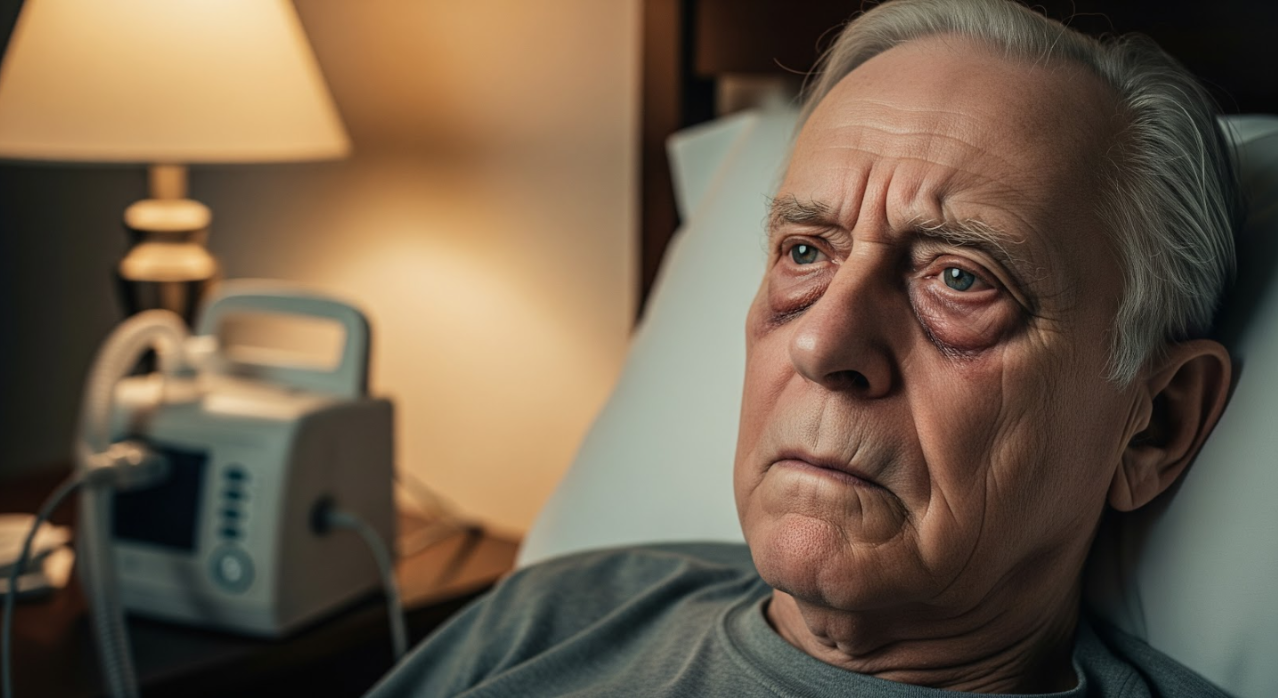
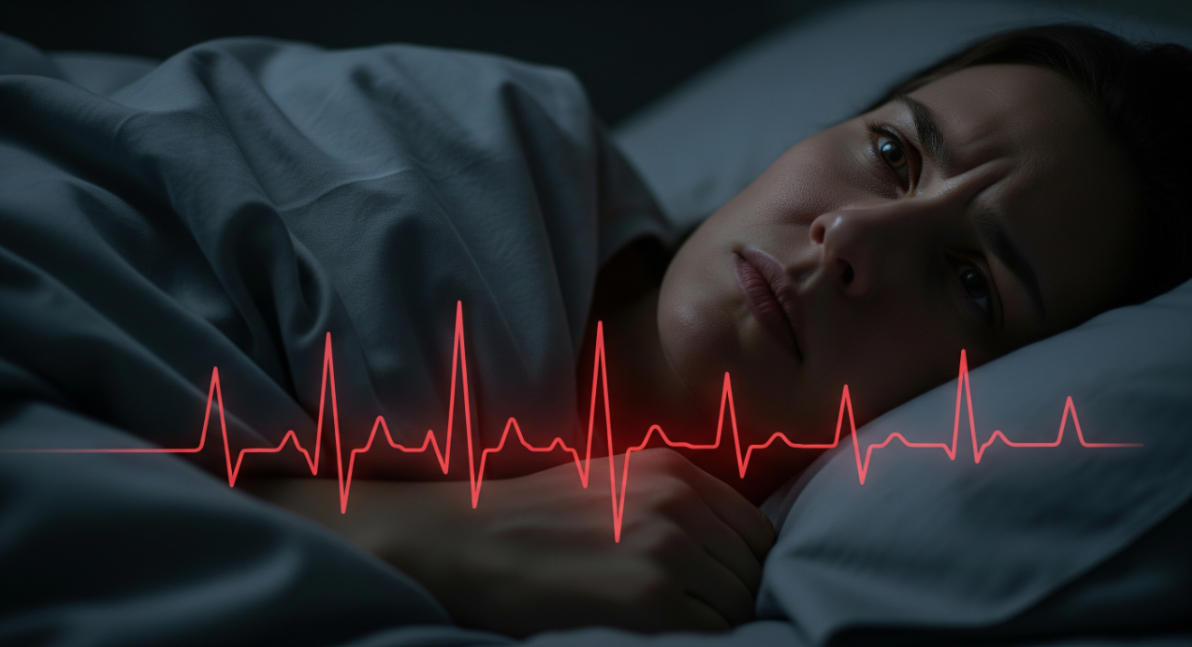






























































%20thumbnail.jpg)
.png)